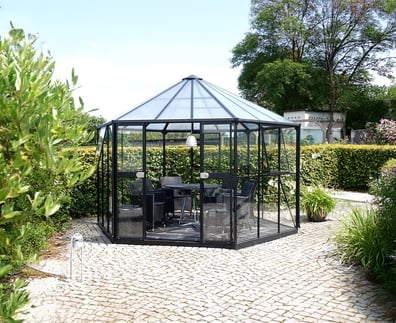How to Build Your Own Greenhouse: A Step-by-Step Guide
How to Build Your Own Greenhouse: A Step-by-Step Guide
Blog Article
Greenhouse garden is one of the very worthwhile approaches to develop flowers year-round, but it needs careful planning and techniques to make certain success. With managed conditions, you are able to foster plants no matter outdoor temperature, but it will take the proper methods to produce a great environment within your greenhouse.Below are a few essential recommendations to greatly help your plants thrive through the year.

Focus on Temperature Control
Maintaining the right temperature is important for greenhousegardening. Crops thrive in numerous temperature ranges relying on the form, therefore it's necessary to monitor and adjust temperatures accordingly. Throughout colder weeks, buy reliable greenhouse heater or insulation programs to keep warmth. Use intelligent vents or fans in summer to avoid overheating, as conditions above 85°F may tension crops and stop their growth. Coupling these methods with a simple thermometer lets you keep a regular environment.
Manage Humidity Levels
While greenhouses obviously maintain larger humidity degrees, an excessive amount of moisture may encourage shape or mold growth. For a healthy balance, evaluate humidity regularly using a hygrometer. Strive for around 50-70% relative humidity, adjusting with correct ventilation programs or a dehumidifier if needed. Furthermore, spacing flowers properly assures better air circulation, lowering the chance of fungal diseases.
Choose the Right Plants
Not absolutely all flowers are suitable for greenhouses. To maximize generate and accomplishment, select crops that align effectively with the season and your greenhouse conditions. All through colder weeks, develop crops like lettuce, kale, or broccoli, which succeed in a cooler environment. Warm-weather crops like tomatoes, cucumbers, and peppers blossom in the spring or summer within higher temperatures. Pairing complementary plants also assists develop biodiversity and obviously deters pests.

Use Quality Soil and Fertilizers
The quality of your land directly impacts seed growth. Select a nutrient-rich soil combine specifically designed for greenhouse plants. Enrich your planting beds with normal matter like compost to improve fertility. Often give your flowers with fertilizers suited for their needs—some plants may possibly involve high nitrogen for leafy development, while the others flourish with potassium-rich recipes for fresh fruit development.
Practice Integrated Pest Management
Pests can find their way in to actually probably the most managed greenhouses. Add valuable bugs like ladybugs to focus on harmful pests such as for instance aphids naturally. Check flowers often and remove any pests physically if spotted early. Consider natural or compound therapies as a last resource but utilize them infrequently to prevent harming valuable bacteria and organisms.
Click here for more information kindly visit the site at greenhousestores.co.uk/ to get the knowledge about greenhouse. Report this page